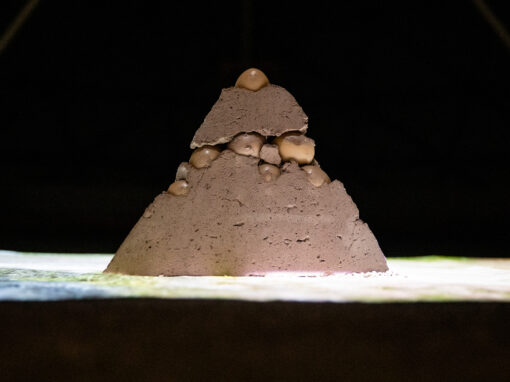Buraco Branco White Hole
2016, Videoinstalação Video installation
Carvão triturado, cova, grama, lona, pirâmide de ferro, projeção mapeada
Crushed charcoal, grave, grass, canvas, iron pyramid, mapped projection
Em Buraco Branco, projeto uma foto da gata Leni em uma tela branca de formato anamórfico no fundo de um buraco. Em uma tentativa de apagar e enterrar a projeção, pinto o quadro com carvão preto triturado, que retém para si boa parte da luz, apagando parcialmente a aparição do corpo da felina. Ao tensionar carvão/luz, tento incorporar na obra o tempo, remetendo a algo que acontece e está acontecendo, a causa e efeito, em uma relação de performance. Aqui, o projetor não está escondido, mais que isso, ele é evidenciado, suportado por três pernas de ferro, no topo da pirâmide, constituindo assim, com o buraco, um circuito de filmagem/projeção, aparição de corpo e materialização de túmulo. O vídeo é devolvido para o buraco durante a exposição do trabalho, tornando a cova mais funda.
Buraco Branco foi gravado em uma trilha ecológica por onde passam ciclistas, pedestres, mas também grileiros, que erguem suas casas da noite para o dia. O buraco cavado para a gravação do vídeo permaneceu ali para ser reativado em um mês na primeira experiência de apresentar obras do projeto Pirâmide, Urubu no formato de trilha noturna, na ocasião da defesa da dissertação em 2016. Ao retornar ao local poucos dias antes do evento, o buraco estava fechado e a caixa de parafina utilizada para gravar o vídeo Corpo, Continente estava no fundo, debaixo de toda a terra. Uma casa nova foi erguida a poucos metros e o morador me disse que ele mesmo fechou o buraco. Disse que quando viu que cabia um corpo humano, teve certeza que era para “desovar” alguém. Mas quando viu a caixa cheia de parafina mudou de ideia, teve certeza que era “despacho de macumba”, então fez questão de “desfazer logo aquela amarração”.
In Buraco Branco (White Hole), I project a picture of Leni the cat on an anamorphic white canvas at the bottom of a hole. In an attempt to erase and bury the projection, I paint the canvas with crushed black charcoal, which holds back much of the light, partially erasing the appearance of the feline’s body. By forcing coal/light together, I try to incorporate time into the work, referring to something that happens and that is happening, the cause and effect, in a performance situation. Here the projector is not hidden, but it is highlighted, supported by three iron legs, at the top of the pyramid, creating, with the hole, a filming/projection circuit, body apparition and tomb materialization. The video is returned to the hole during the work presentation, making the pit even deeper.
Buraco Branco (White Hole) was recorded at an ecological trail through which cyclists, walkers, but also land grabbers pass by — those who raise their houses overnight. The hole dug for the video shooting remained there to be reactivated within a month, in the first experience of presenting works from the Pyramid, Urubu project, in the form of a night tour for the essay presentation in 2016. Upon returning to the place a few days before the event, the hole was closed and the paraffin box used to record the video Corpo, continente (Body, Continent) was at the bottom, under the earth. A new house had been built a few meters away and the resident told me that he had closed the hole himself. He said that when he saw that the hole was the size of a human body, he was sure it was to “get rid” of someone. But when he saw the box full of paraffin, he changed his mind, and decided it was obviously “witchcraft”, so he made sure to “undo that witchery”.



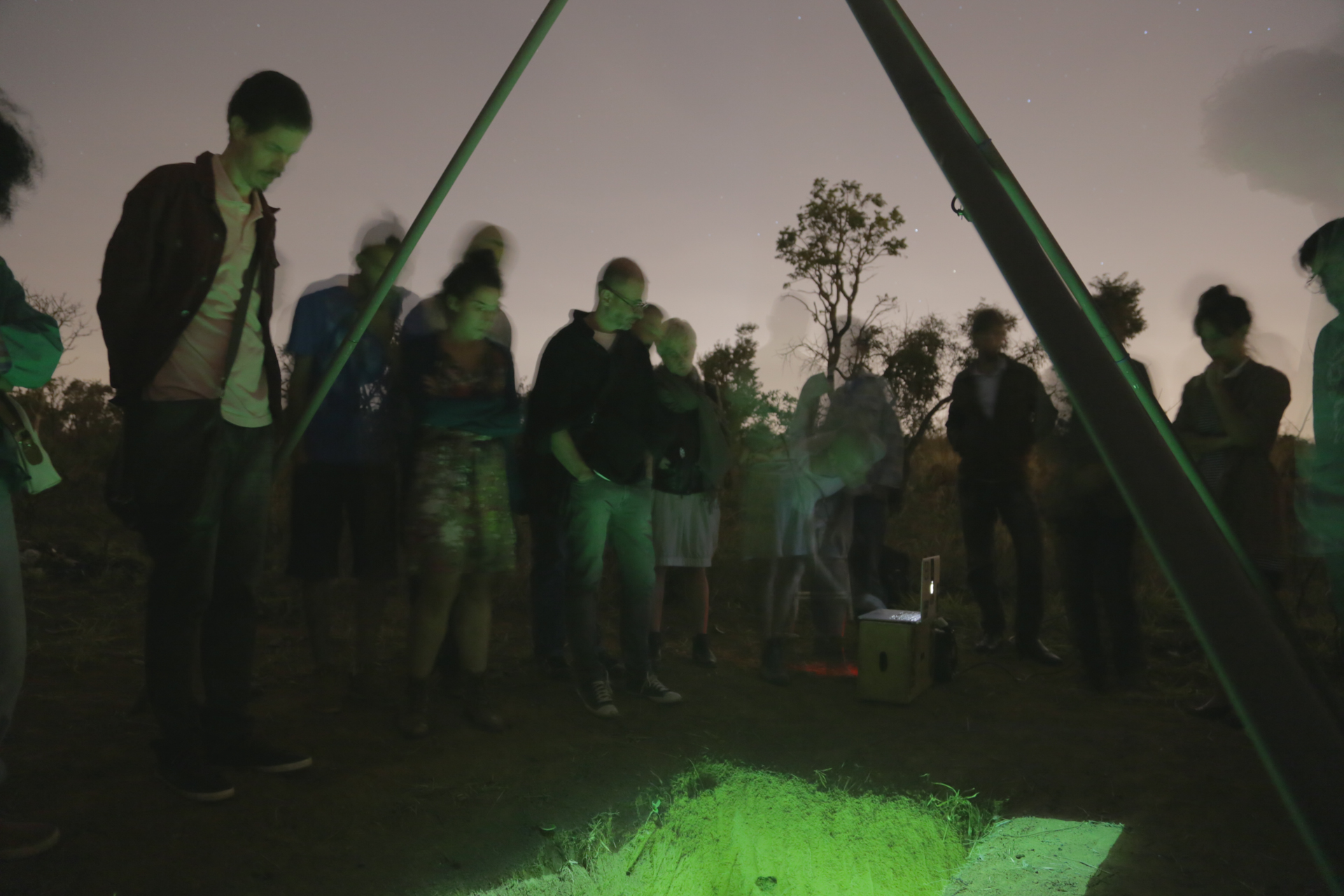


Maurício Chades é um artista e cineasta originário de Gilbués-PI. Vive e trabalha entre o Distrito Federal, Alto Paraíso de Goiás e os Estados Unidos. Bacharel em Audiovisual e Mestre em Arte e Tecnologia pela Universidade de Brasília e Master in Fine Arts pela School of the Art Institute of Chicago. Em Brasília, participou dos coletivos Espaço AVI, Kinofogo Cineclube e NINHO – Coletivo de Pesquisa em Arte, Interatividade e Agroecologia. Seu trabalho, entre filme, instalação, escultura e performance, especula sobre futuros simbióticos, queer e anticoloniais. Criando ambientes sintrópicos e tecendo alianças multi-espécie, sua prática artística combina contação de história com agricultura restaurativa, compostagem e fungicultura. Seus trabalhos foram exibidos em festivais de cinema e exposições nacionais e internacionais, como a Mostra de Cinema de Tiradentes, Olhar de Cinema, Queer Lisboa e FILE – Festival Internacional de Linguagem Eletrônica. Em 2019, sua primeira exposição individual, Pirâmide, Urubu, estreou na Torre de TV Digital de Brasília, projeto premiado com o Frankenthaler Climate Art Awards em 2022. Em 2023 participou da Bienal Videobrasil com Cemitério Verde, filme premiado em primeiro lugar no e-Flux Film Award.
Maurício Chades is an artist and filmmaker from Brazil. His works, in film, installation, sculpture, and performance, speculate about anticolonial symbiotic futures and queer ecologies. Envisioning syntropic environments and multispecies alliances, his art practice combines storytelling with restorative agriculture, composting, and fungiculture. He holds a BA in Cinema Studies, an MA in Art and Technology from the University of Brasilia, and an MFA from the School of the Art Institute of Chicago. He participated in collective groups such as Espaço AVI, Kinofogo Cineclube, and NINHO - Collective for Research in Art, Interactivity, and Agroecology. His works were shown worldwide, like at Queer Lisbon, Curitiba International Film Festival, and FILE – Electronic Language International Festival. In 2019, he presented his first solo show, Pyramid, Urubu, at The Brasilia Digital TV Tower, receiving the Frankenthaler Climate Art Awards in 2022. In 2023, Chades was featured at the Biennial Sesc_Videobrasil. His most recent accomplishment was the first prize of the e-flux Film Award for Green Cemetery.


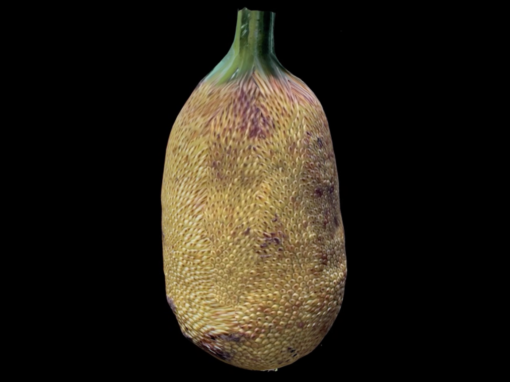
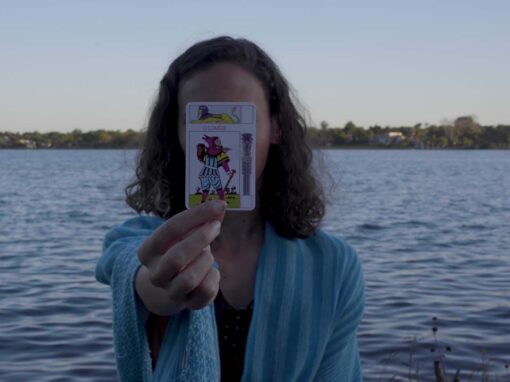

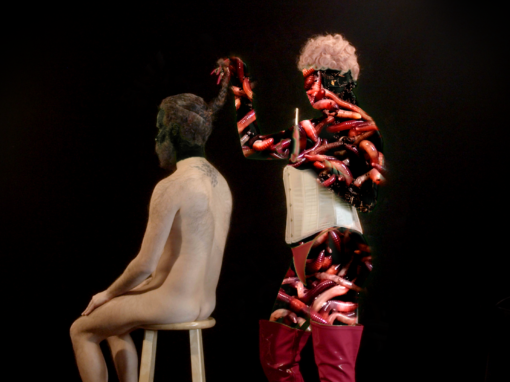
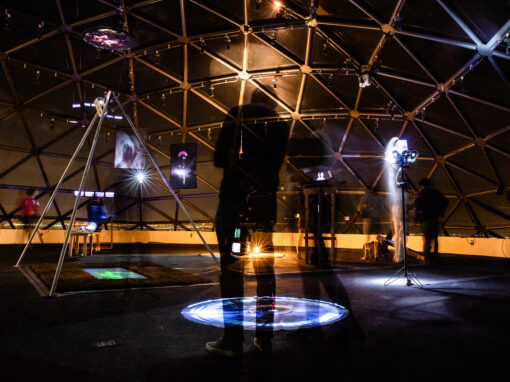
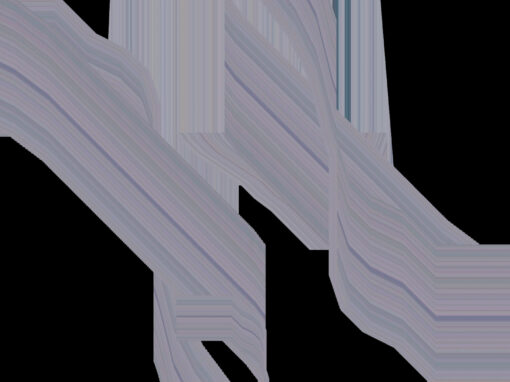

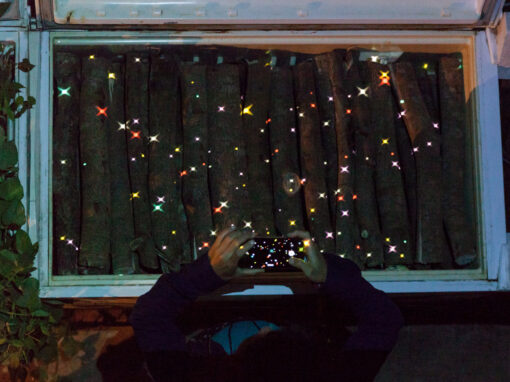
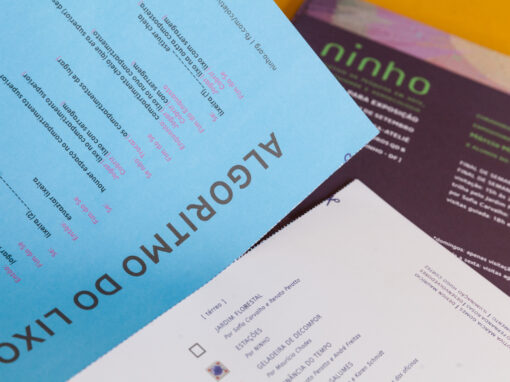
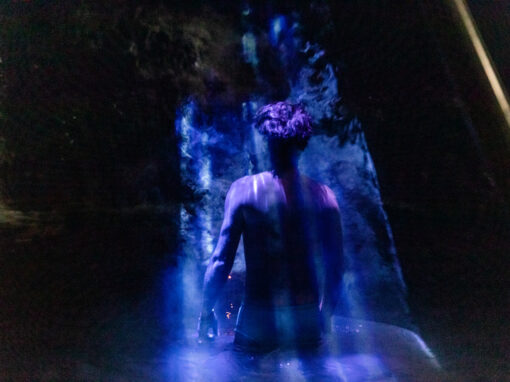
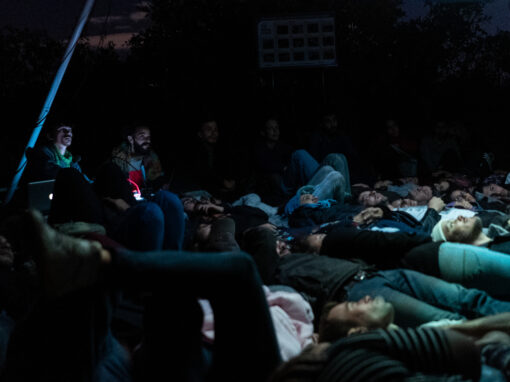
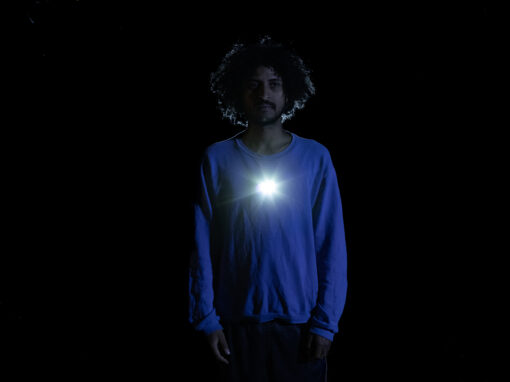

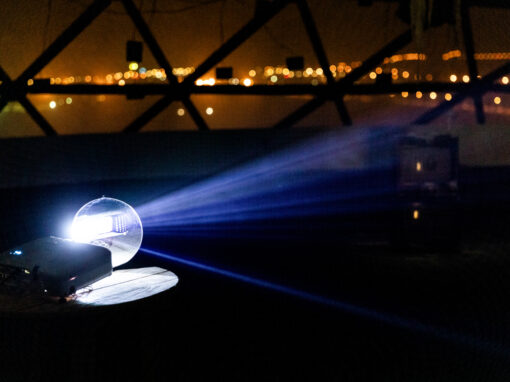
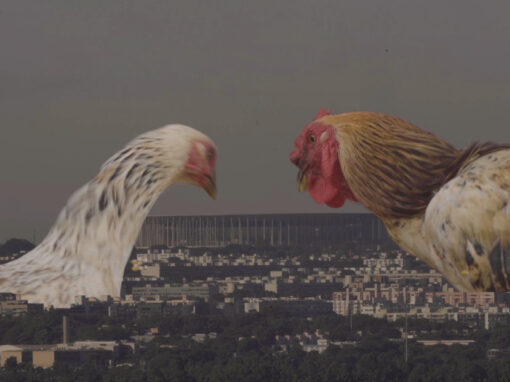

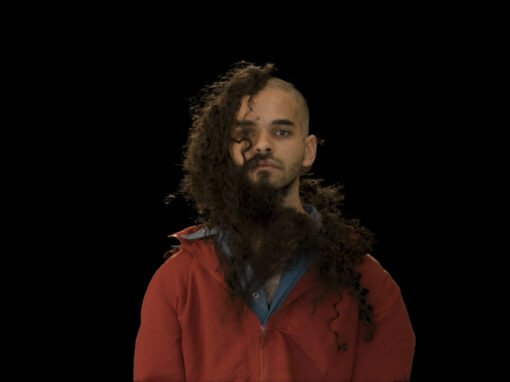
![TERRA[CAP]](https://www.mauriciochades.com/wp-content/uploads/2020/07/PirâmideUrubuJanineMoraes65-510x382.jpg)




